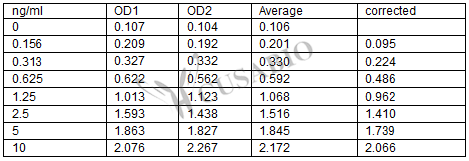The mouse IGF1 ELISA Kit is engineered for accurate measurement of mouse IGF1 levels from samples including serum, plasma, or tissue homogenates. It uses the Sandwich-ELISA mechanism in combination with the enzyme-substrate chromogenic reaction to measure the IGF1 content in the sample. The color intensity is positively correlated with IGF1 content in the sample. This kit has been validated against standards of sensitivity, specificity, precision, linearity, recovery, and lot-to-lot consistency.
IGF1 is a polypeptide hormone with endocrine, paracrine, and autocrine effects. IGF-1 gives an inhibitory feedback signal on growth hormone (GH) secretion in the hypothalamus by stimulating somatostatin generation in the pituitary. It is involved in multiple physical actions, including tissue growth & development, proliferation, lipid metabolism, pro-survival/anti-aging, anti-inflammatory, anabolic, antioxidant with neuro- and hepatoprotective properties, as well as the progression of cell cycle and mitogenesis. IGF1 protects mitochondria by preventing them from oxidative damage generated via increased metabolism, enhancing ATP synthesis, and decreasing intramitochondrial production of free radicals. The GH/IGF1/insulin pathway plays an essential role in the pathogenesis of several age-related diseases including cancer, dementia, cardiovascular, and metabolic diseases.










